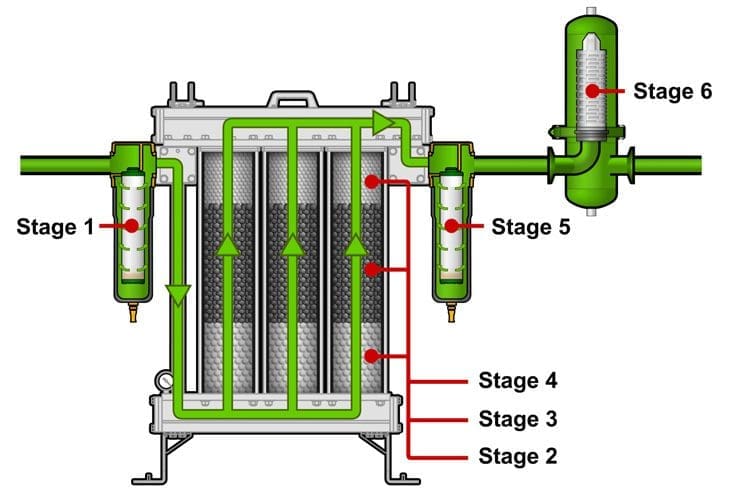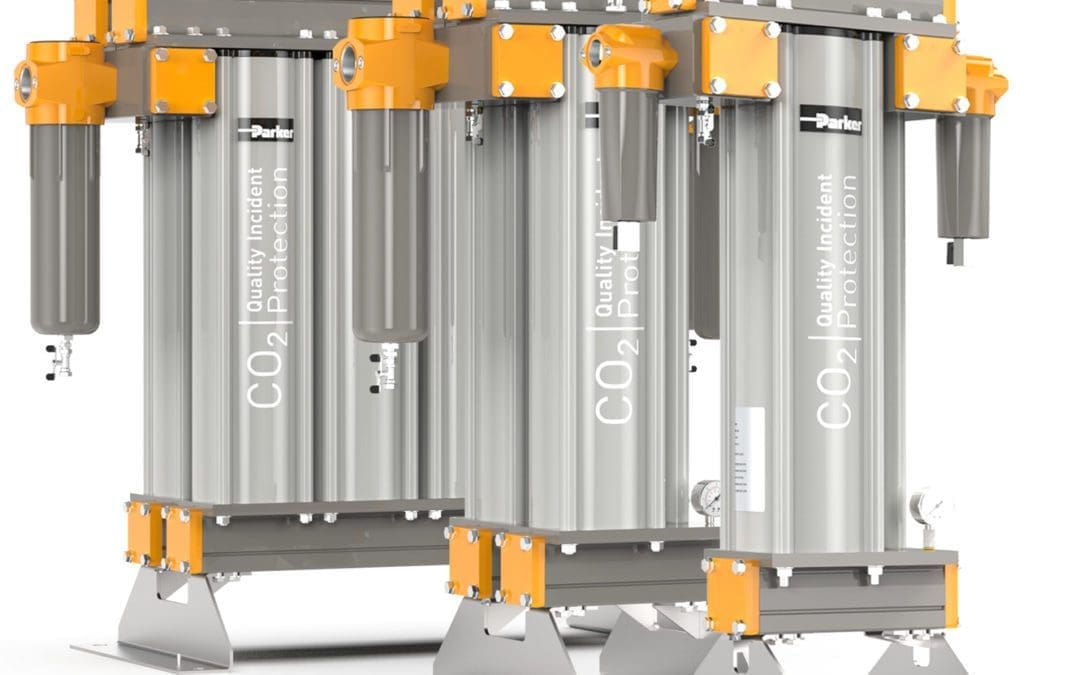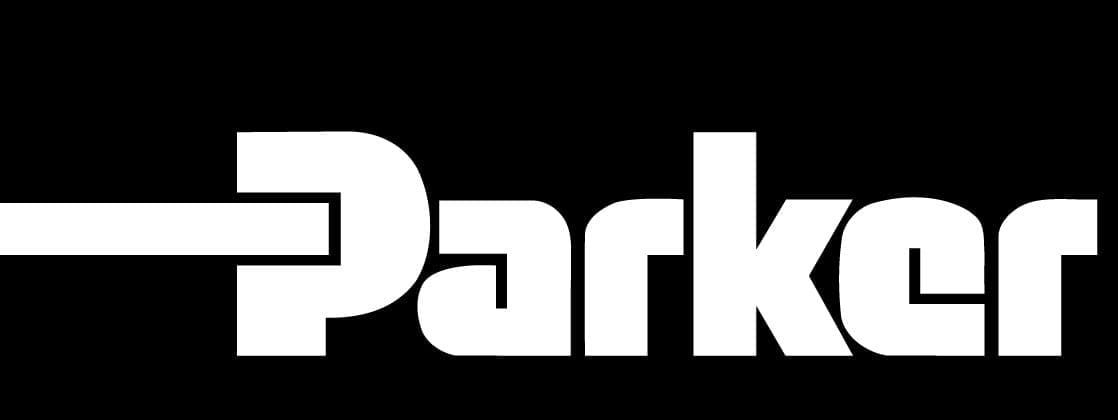1. What is PCO2?
The PCO2 is a static adsorption bed constructed from specially selected adsorbents that are designed to remove trace contamination from CO2 to guarantee gas quality so it remains within industry and company guidelines. The system prevents detrimental consequences to the finished end beverage, the producer’s reputation, and their bottom-line.
The PCO2 designed as a quality incident protection device, meaning that it will treat out-of-specification CO2 to return it back to specification (within the limits of the specification). The PCO2 is not designed to constantly purify poor quality CO2 (not allowing the beverage producer to lower the incoming CO2 specification).
2. Why do I need a PCO2?
CO2 is produced from a wide variety of processes with differing contaminants. Some of these remain in the gas after treatment at the gas recovery plant. There have been some publicised incidents where poor quality gas passed all the way through the supply chain and into the beverage. To prevent a repeat occurrence of these quality incidents, bottlers are implementing in-line, on-site protection, in addition to tightening controls at the CO2 suppliers.
3. What is a quality incident?
This is where a delivery of out-of-specification CO2 has been made to the plant or where CO2 has been contaminated on-site during the production process and fails to meet recommended standards.
4. What is the specification for beverage CO2?
ISBT (International Society of Beverage Technologists) & EIGA (European Industrial Gas Association) both have International recommended standards. In these standards, potential contaminants are named with a critical PPM limit of acceptance.
- Total Volatile Hydrocarbons (as Methane)
- Total Aromatic Hydrocarbon
- Acetaldehyde
- Total Sulphur (excluding SO2, as S)
5. How much contamination will the PCO2 protect against?
The PCO2 purifier will treat CO2 with up to 10 times the ISBT / EIGA levels of the named contaminants for a specified quantity of processed CO2 gas.
6. How do I know when we have had a quality incident?
Many plants will find this very hard to observe if they do not have a CO2 analyser or gas inspection process on site. Most plants take the quality assurance (QA) certificate from the gas supplier as their goods inwards inspection. To improve monitoring of gas quality, many plants are purchasing online CO2 analysers in addition to purifiers.
7. What can I expect to see when plants have analysers fitted?
In most cases, the gas will be clean and have very low levels of monitored contaminants. Under these conditions, there will be very little difference between inlet and outlet concentrations. In the event of a contamination spike, the purifier will remove it.
8. Should I change my elements after a quality Incident?
Yes, always.
9. Who needs a PCO2?
All producers and bottlers of beverage products, including:
- Soft drinks
- Beer
- Carbonated water
10. How does the PCO2 work?
The three-layered adsorbent bed adsorbs contamination as it flows through. The three materials preferentially adsorb differing contaminants, thus providing effective protection against a wide spectrum of potential contaminants.

11. Can the cartridges be regenerated?
No, although some companies may claim to be able to recover adsorbents and regenerate them, we are trying to remove contaminants to parts per billion levels and any trace residues may inhibit future performance. Additionally, many industrial processes for regenerating adsorbents may actually add contamination to the PCO2 cartridges.
12. Where should I install the PCO2?
The purifier treats vapour phase CO2, so it has to be installed downstream of the vaporiser (evaporator), with a maximum approach temperature of 40°C. Some plants have installed the purifiers close to the carbonator, while others have chosen a central point close to the evaporator for complete site treatment. The Parker PCO2 is suitable for either option. The PCO2 is also suitable for external installation.
Read more FAQs on the PCO2 in the PDF:






